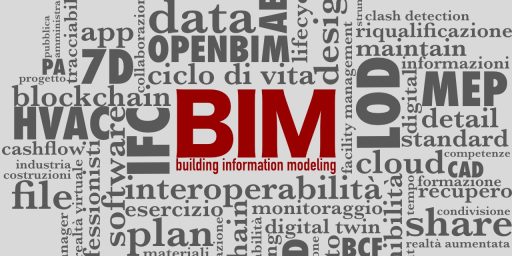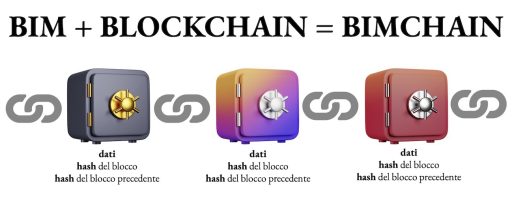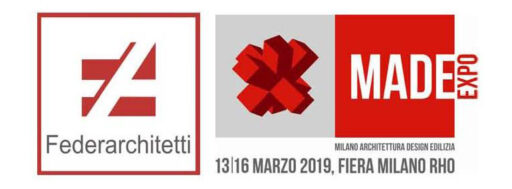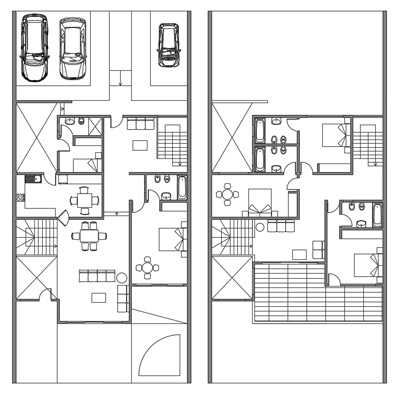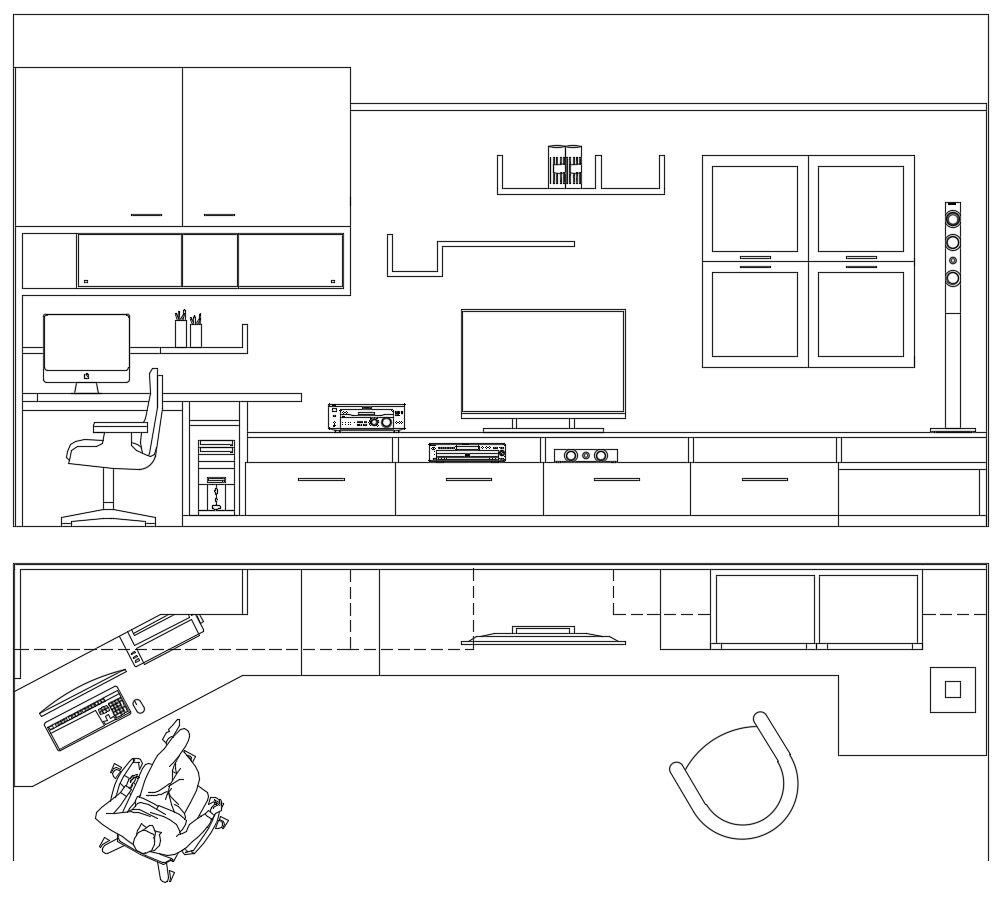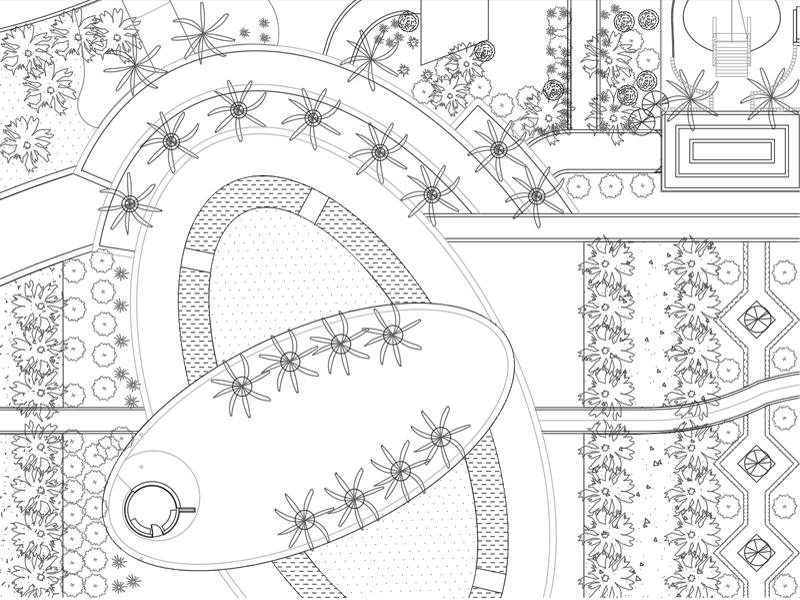What does interoperability mean in BIM?
The exchange of data between several professionals within the same architectural project
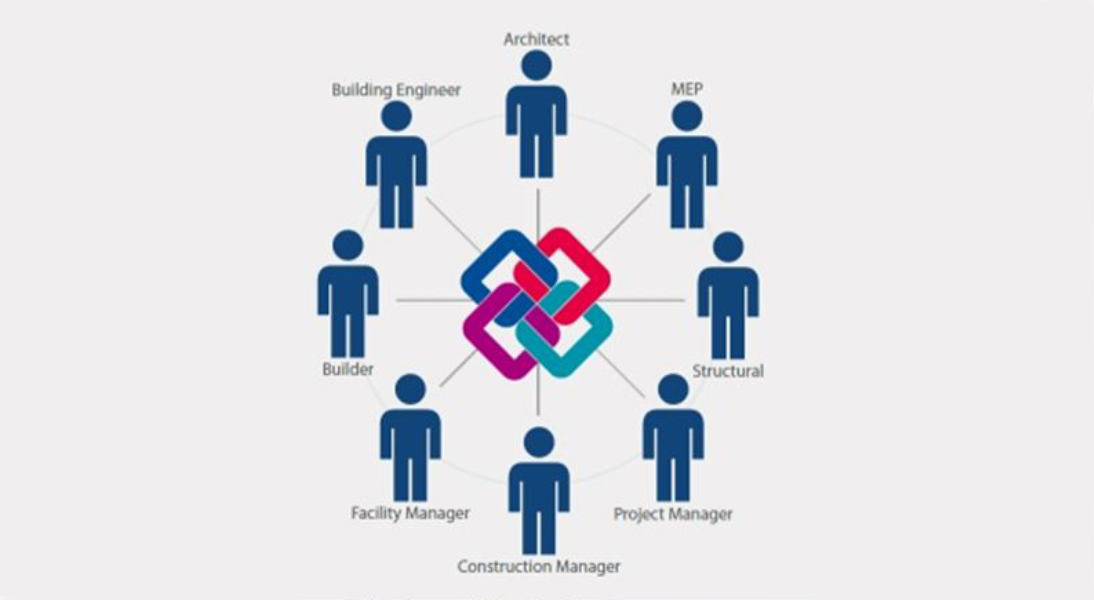
When in BIM (Building Information Modeling) we talk about interoperability we mean the possibility of bringing together elements and information from different disciplines, skills, professionals and software tools in a single centralized project.
Within the same three-dimensional model composed of parametric elements, together with the architectural project, the contributions of other disciplines can also find space, drawn up for example by structural engineers, plant engineers, interior designers and other professionals, even if they do not all use the same software applications .
As it is easy to guess, the greatest advantage of this collaborative approach lies in not having to convert and import only geometric models and repeat the operation for each modification of each professional involved in the process. This not only reduces the workload, but above all the possibility of errors, without considering the fact that everyone is working on a model that is richer in information than 2D or 3D geometric drawings.
Another not insignificant advantage is the possibility of carrying out the development of different design aspects at the same time, dialoguing and complying with the different specific needs of the various disciplines involved.
Digital sharing of BIM data opens the doors to collaborative design.
The first step can be to work with several people from the same studio on a single project, in a single file shared on the network, all using the same BIM application for design. It is much simpler and more profitable than working on separate files, related to different parts of the project, which will then be merged together in a whole file.
For example, when at least one part of the project has reached a sufficient architectural definition, another collaborator can start the study of the furniture or systems here using the Mep module of the software adopted by the studio, or refine other details.
We need a minimum of internal organization and the definition of some common standards (organization of transparencies, pens, etc.), but it is nothing new, these are good practices that should be defined anyway, also to be able to easily put together the “pieces ”Coming from separate files in the complete project file.
This is collaboration, that’s fine and certainly efficient, but it’s not interoperability yet, because all the professionals involved are using the same software and almost certainly its proprietary file format as well.
Therefore, the problem of a common interchange language between different platforms does not arise, but all the other potentialities of the BIM design of the application in use are still exploited. It is unlikely that a single application will lend itself well to all branches of civil design, but in many cases it may be more than sufficient for the development required by the project.
In this way, a good degree of process optimization can already be achieved, which in a very fragmented sector such as construction is not a trivial matter.
The interoperability of BIM allows communication between different software through a single exchange format, to facilitate collaboration without loss of information.
If within the same studio different programs are used for structural design, plant engineering, energy analysis, metric calculation, etc., standard procedures can be studied and defined to pass geometric or numerical data from the architectural project. to other more specific processes, looking for the best possible compromise.
Of course, if the programs could already talk to each other using a common language, everything would be easier and maybe even more things could be said.
When this “dialogue” does not only contemplate plane or solid geometry, or only tables, but we think about parametric elements (walls, pillars, floors, doors, windows, systems, furnishings, etc.) with all the information that they they wanted to associate (materials, layers, transmittance, fire resistance, price, maintenance intervals, etc.). At this point we can speak of interoperability.
If within the studio you can talk and agree between colleagues, between different studios it is obvious that things get complicated and therefore a common format of exchange greatly facilitates all the collaboration processes.
All this can be achieved using the open standard IFC (Industry Foundation Classes) and the BCF (BIM Collaboration Format), a format also defined by buildingSMART International, to facilitate open communications and improve IFC-based processes.



























































